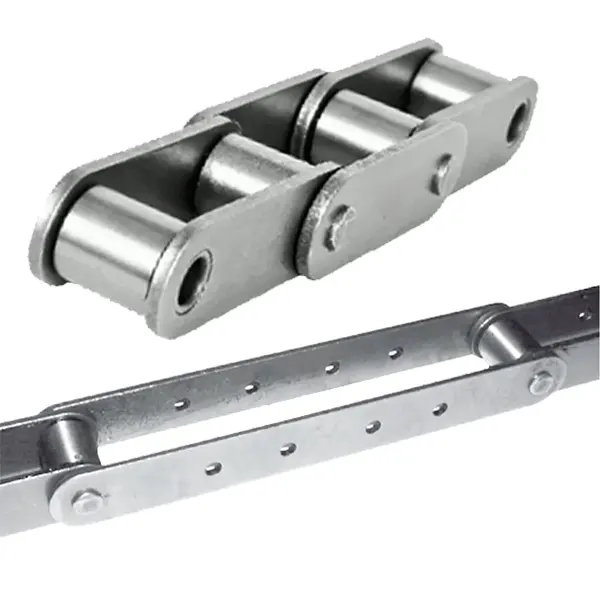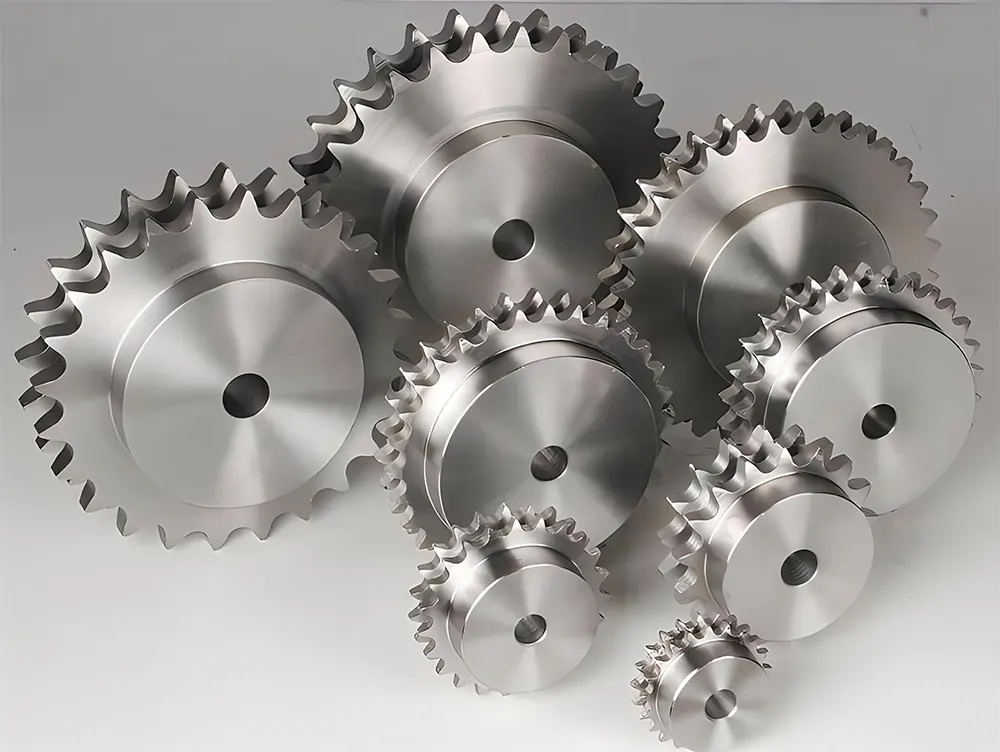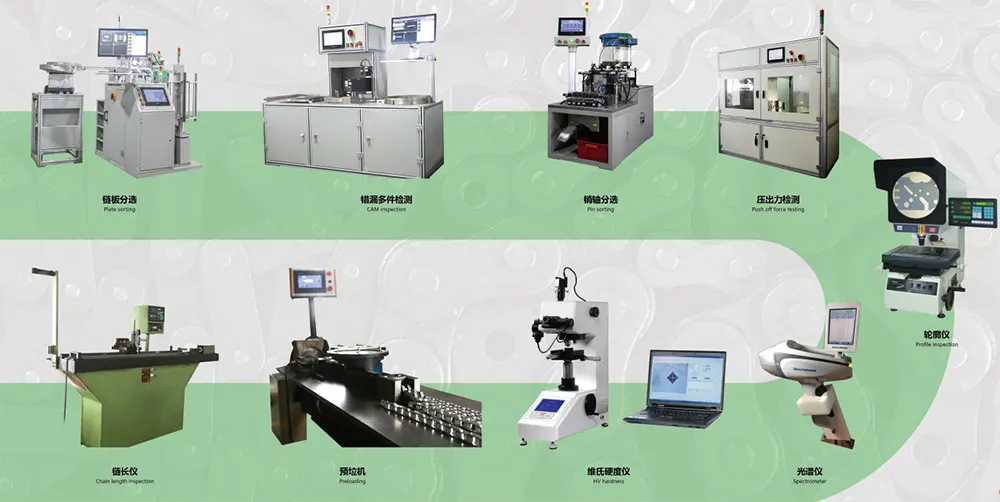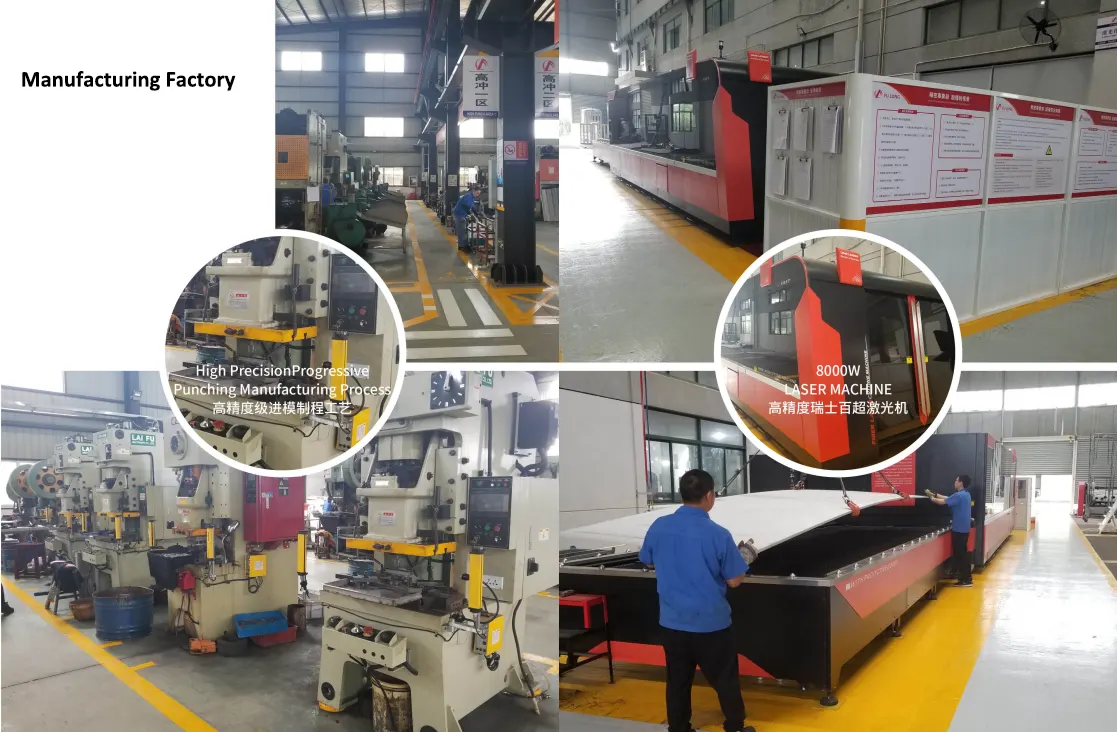Introduction
Stainless steel timber conveyor chains are an essential component in the lumber industry, ensuring the smooth and efficient transport of timber materials. However, like any mechanical system, these chains can experience various issues that can disrupt operations and lead to costly downtime. In this article, we will explore common problems that may arise with stainless steel timber conveyor chains and provide troubleshooting techniques to address them.
1. Chain Misalignment
Chain misalignment is a common issue that can occur due to improper installation, wear and tear, or external factors. Misaligned chains can lead to increased friction, premature wear, and potential damage to other system components. To fix this issue, it is crucial to identify the cause and readjust the chain alignment accordingly.
2. Excessive Wear
Excessive wear is often a result of prolonged usage and inadequate lubrication. It can manifest as elongated chain pitches, worn-out pins, and damaged rollers. Regular lubrication and proper maintenance can mitigate this problem. Periodic inspections and timely replacement of worn-out components are essential to ensure the longevity of the chain.
3. Chain Elongation
Chain elongation is a common issue that affects the performance and accuracy of the conveyor system. Factors such as heavy loads, inadequate tension, and insufficient lubrication can contribute to chain elongation. Regular tension adjustments and lubrication can help minimize this problem, ensuring optimal chain performance.
4. Corrosion
Corrosion is a significant concern for stainless steel chains used in timber conveyor systems. Exposure to moisture, chemicals, and harsh environments can lead to rust formation, weakening the chain’s integrity. Implementing proper corrosion prevention measures and using high-quality stainless steel chains can help mitigate this issue.
5. Chain Breakage
Chain breakage can occur due to excessive loads, inadequate chain strength, or fatigue caused by continuous operation. Regular inspection of the chain’s condition, identifying any signs of wear, fatigue, or damaged links, is crucial to prevent unexpected failures. In case of chain breakage, immediate replacement is necessary to resume operations.
6. Improper Tensioning
Improper tensioning can lead to chain slack, reduced efficiency, and increased wear. It can occur due to incorrect initial installation or gradual relaxation of tension over time. Regular tension checks and adjustments are necessary to maintain optimal chain performance and prevent potential issues.
7. Foreign Object Damage
Foreign objects, such as debris, wood chips, or foreign materials, can get lodged in the chain links, causing damage and disruption in the conveyor system. Implementing proper cleaning and inspection protocols can help prevent such damage. Regular cleaning and removing any foreign objects from the chain are essential to ensure smooth operations.
Timber Conveyor Chain
Sprockets for Stainless Steel Chains
Sprockets play a vital role in the performance and longevity of stainless steel chains. They provide the necessary engagement and drive to ensure smooth motion and accurate positioning. Our company offers a wide range of sprockets specifically designed to complement our stainless steel chains. These sprockets are made with high-quality materials and precision manufacturing processes, ensuring optimal performance and durability.
Stainless Steel Sprockets
Our Manufacturing and Testing Equipment
As a leading manufacturer of stainless steel chains, we pride ourselves on our state-of-the-art manufacturing and testing equipment. With a commitment to quality and precision, our production facilities are equipped with the latest technology to ensure the highest standards are met. The image below showcases our advanced testing equipment, which guarantees the reliability and durability of our stainless steel chains.
Stainless Steel Lumber Conveyor Chains Purchasing Guide
| Guide | Description |
|---|---|
| 1 | Select the appropriate chain pitch size based on the application requirements and load capacity. |
| 2 | Consider the environmental conditions, such as temperature and moisture levels, to choose the right stainless steel material for corrosion resistance. |
| 3 | Ensure proper tensioning of the chain to prevent slack and excessive wear. |
| 4 | Regularly inspect and maintain the chain to identify any signs of wear, corrosion, or misalignment. |
| 5 | Choose a reliable and experienced manufacturer like us to ensure high-quality chains and excellent customer service. |
Our Advantages
- We are a stainless steel chain manufacturer with years of industry experience.
- Our chains are made from high-quality stainless steel materials, ensuring excellent corrosion resistance and durability.
- We have a wide range of chain sizes and configurations to meet various application requirements.
- Our manufacturing processes are highly precise, guaranteeing consistent quality and performance.
- We offer competitive pricing and excellent customer support to ensure customer satisfaction.
Stainless Steel Chain Factory
Edited by: Zqq.



